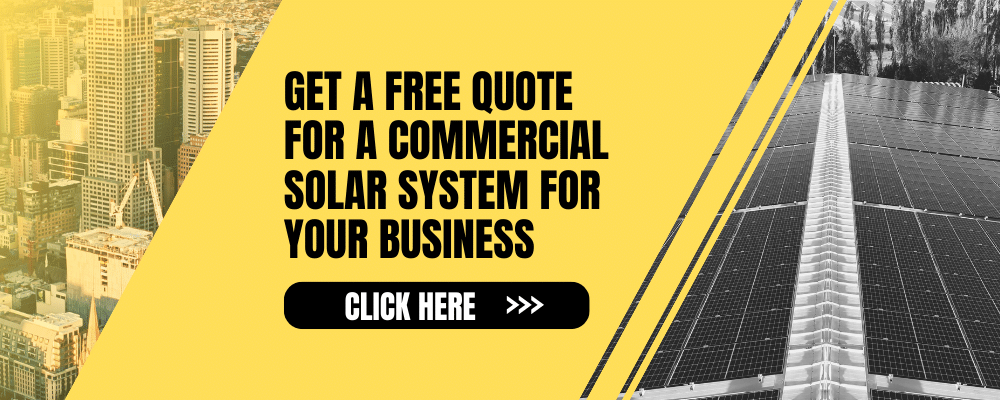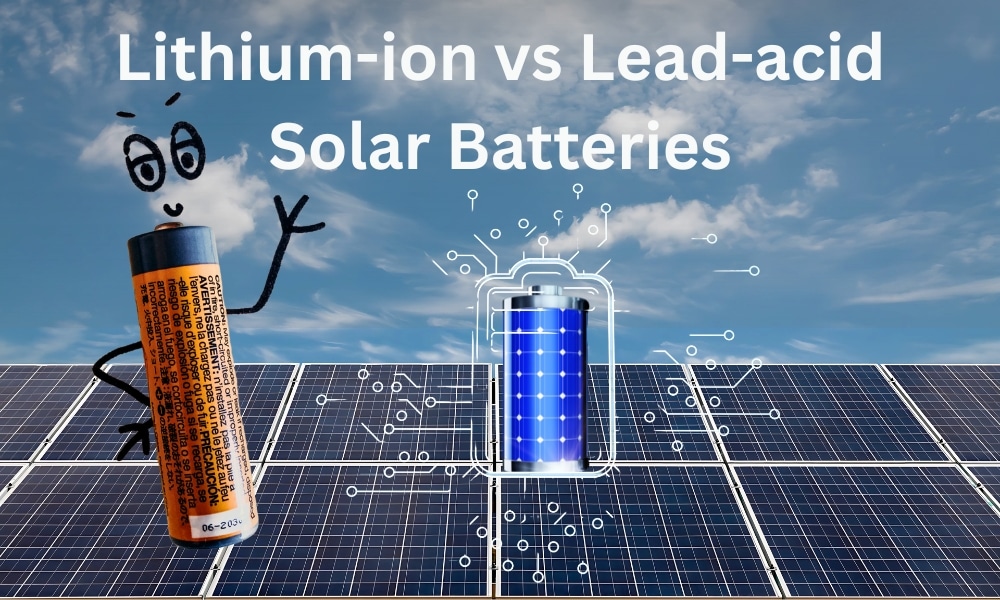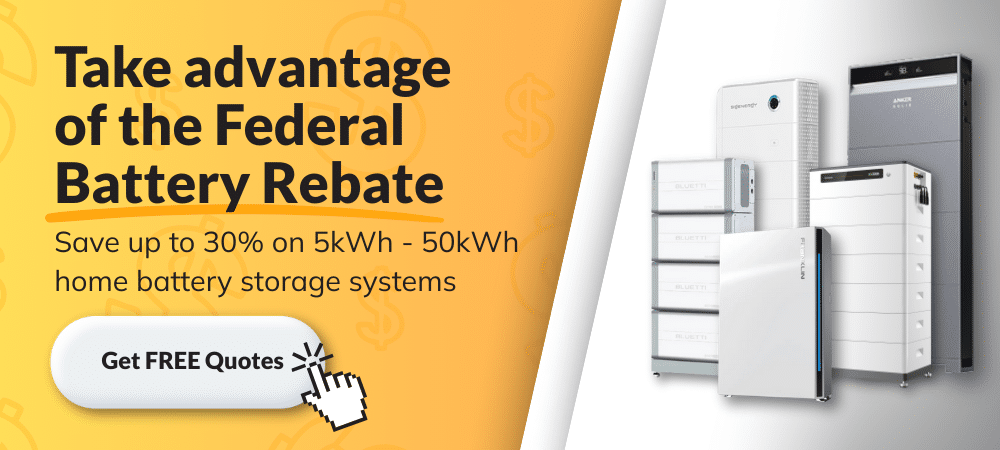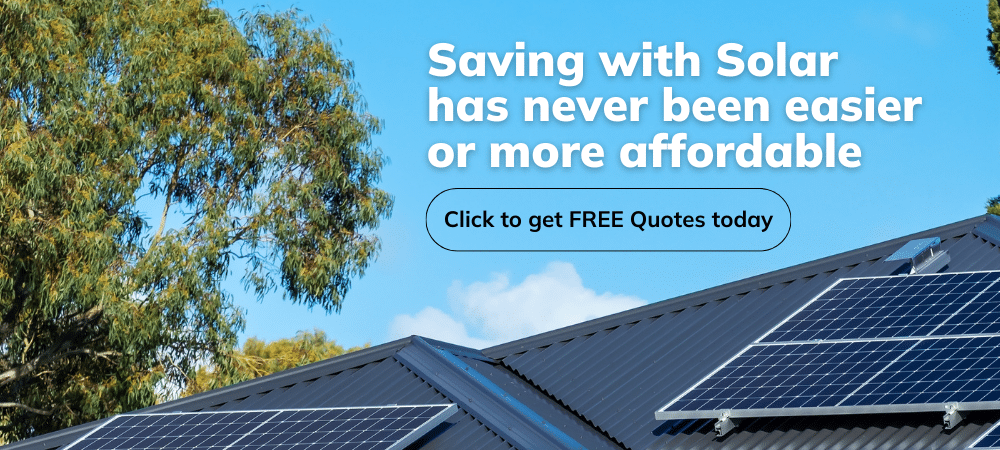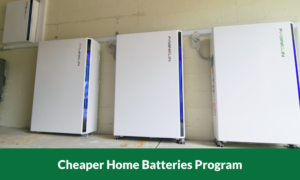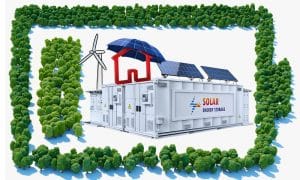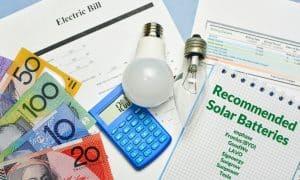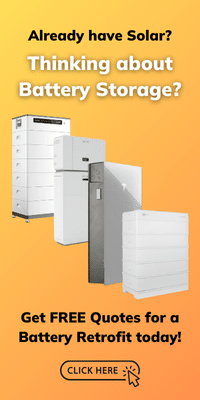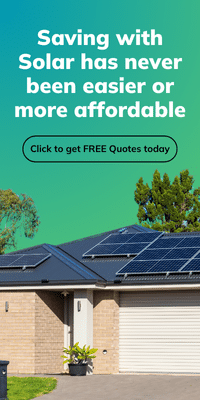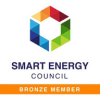Choosing between lithium vs lead-acid solar batteries is one of the most important decisions Australian homeowners and businesses make when investing in a solar battery storage system. It is essential to understand how long these batteries last, how they perform, and what value they bring over time. Let us delve and break down solar battery longevity and offer a detailed battery performance comparison to help you make an informed, cost-effective choice for your solar setup.
At Energy Matters, we empower you with the knowledge to make informed decisions about your home’s energy future. Let’s explore a detailed battery performance comparison to help you choose wisely. Unlock your home’s solar potential—contact Energy Matters today for a tailored solar quote!
Lithium-ion vs Lead-acid solar batteries: A quick overview
Before comparing their lifespans, it’s essential to understand the basic characteristics of each battery type. This foundational knowledge will show why their performance and longevity differ significantly. Let’s break down its core characteristics to understand each battery type’s value.
1. Lithium-ion batteries
- Modern, efficient, and widely used in residential and commercial solar systems.
- Known for high energy density and lower maintenance.
- Can discharge more of their stored energy without damage.
2. Lead-acid batteries
- Traditional battery type with decades of use in off-grid and backup systems.
- Lower upfront cost but require more maintenance.
- Shorter usable life per cycle compared to lithium.
| Basic characteristics | Lithium-ion | Lead-acid |
| Chemistry | Primarily Lithium Iron Phosphate (LiFePO4 or LFP) for solar storage, known for its stability. | Traditional battery technology is often seen in two main forms: flooded lead-acid (FLA) and sealed lead-acid (SLA) batteries, which include AGM (Absorbent Glass Mat) and Gel batteries. |
| Energy density | High, meaning they store much energy in a compact, lightweight package. | Lower than lithium-ion, making them bulkier and heavier for the same energy capacity. |
| Depth of Discharge (DoD) | Can be safely discharged to a high percentage (often 80-100%) without significantly impacting their lifespan. | Generally recommended to limit discharge to 50% to prolong their life, as deeper discharges cause faster degradation. |
| Efficiency | Very high, typically 90-95%, meaning minimal energy loss during charging and discharging. | Lower than lithium-ion, typically ranging from 70-85%. |
What is the lifespan of solar batteries?
The lifespan of a solar battery refers to how long it can reliably store and discharge energy. Several factors influence battery life, including:
- Depth of discharge (DoD)
- Charge/discharge cycles
- Operating temperatures
- Maintenance practices
- Battery type: lithium-ion or lead-acid
Lithium-ion solar batteries typically outlast their counterparts when comparing lithium vs. lead-acid batteries. They offer longer service lives and better cycle stability, especially in Australia’s variable climate.
Solar battery longevity: How long do they last?
The lifespan of a solar battery is one of the most critical factors for Australian homeowners. It directly impacts the long-term cost-effectiveness and reliability of your solar energy system. Understanding the longevity of both types of solar batteries is key.
| Lithium-ion solar batteries | Lead-acid solar batteries | |
| Average lifespan | 10 to 15 years | 3 to 5 years |
| Cycle life | 5,000–7,000 cycles depending on brand and use | 500–1,200 cycles |
| Usable capacity | Up to 90% of the total charge | 50–70% of the total charge |
In terms of solar battery longevity, lithium-ion batteries clearly lead, especially for Australians in hotter regions where battery efficiency can degrade faster under high temperatures.
Battery performance comparison: Efficiency, depth of discharge and beyond lifespan
While lifespan is a primary concern, a comprehensive battery performance comparison requires evaluating other critical aspects. This battery performance comparison highlights that lithium-ion batteries are better suited to withstand Australia’s diverse climates, from the tropical north to the temperate south.
| Lithium-ion | Lead-acid | |
| Depth of Discharge (DoD) | Can be discharged up to 90–95% without significant damage. | Recommended DoD is around 50% to preserve battery life. |
| Charge efficiency | 95–98% energy retention during charging. | 80–85% efficiency, meaning more energy is lost during charge cycles. |
| Temperature tolerance | Lithium-ion performs better in extreme Australian heat. | Lead-acid batteries are more vulnerable to capacity loss in high temperatures. |
| Maintenance | Virtually maintenance-free. Their advanced Battery Management Systems (BMS) handle charge balancing, temperature regulation, and over-discharge protection. | Flooded lead-acid batteries require regular checks and electrolyte top-ups. Even sealed lead-acid batteries benefit from periodic inspections to ensure terminals are clean and connections are secure. Neglecting maintenance can drastically reduce their lifespan. |
| Safety | While early versions had safety concerns, modern LiFePO4 batteries are highly stable and incorporate robust safety features within their BMS to prevent overheating or thermal runaway. | Can off-gas hydrogen during charging, requiring proper ventilation to prevent explosion risks. They also contain corrosive sulfuric acid, posing a spill hazard. |
| Footprint and weight | Their high energy density means they are much smaller and lighter, making installation more flexible and requiring less space. | Significantly larger and heavier, often requiring dedicated, well-ventilated battery enclosures or sheds, which can add to installation costs and spatial requirements. |
| Cost vs value | Higher upfront cost, but longer life and lower maintenance.Better ROI over time due to longer life and efficiency. | Lower initial investment, but needs replacement more often.It can become costlier in the long term due to frequent maintenance and a shorter life. |
Ideal applications in Australia
Choosing between lithium vs lead-acid solar batteries depends on cost, system design, usage patterns, and whether reliability or budget is more important.
Lithium-ion
- Best for urban residential homes with grid-tied systems.
- Suitable for hybrid solar systems needing quick response and long battery life.
- Ideal for regions with high energy usage and limited maintenance access.
Lead-acid
- Still viable for remote off-grid setups where replacement costs are manageable.
- Better choice for short-term or backup use, such as emergency power supplies.
Ready to power your home with reliable, long-lasting solar storage? Use Energy Matters’ easy-to-use solar power and battery storage calculator to determine the size of your solar system with storage! Our solar calculator will generate performance information and potential savings.
We can send this information to 3 of our pre-vetted and trusted local installers in your area to receive obligation-free solar quotes and take the first step towards true energy independence!

Why battery lifespan matters for Australians
In Australia, solar battery investment is rising, especially as feed-in tariffs decrease and grid independence becomes more desirable. Batteries help store solar power for nighttime use, reduce reliance on the grid, and provide backup power during outages.
Australians increasingly favour lithium-ion options despite the upfront costs for long-term benefits and peace of mind. Choosing a durable, efficient battery significantly affects overall system performance in our extreme climate. Check our page for our recommended solar battery products.
Ready to make the smart switch?
Maximise your solar investment with high-performance lithium-ion batteries built for Australian conditions. Contact Energy Matters today for free solar battery quotes and expert advice. Let’s future-proof your energy setup—start your journey to smarter solar storage now. Get a no-obligation quote from Energy Matters today and take the first step towards true energy independence!










